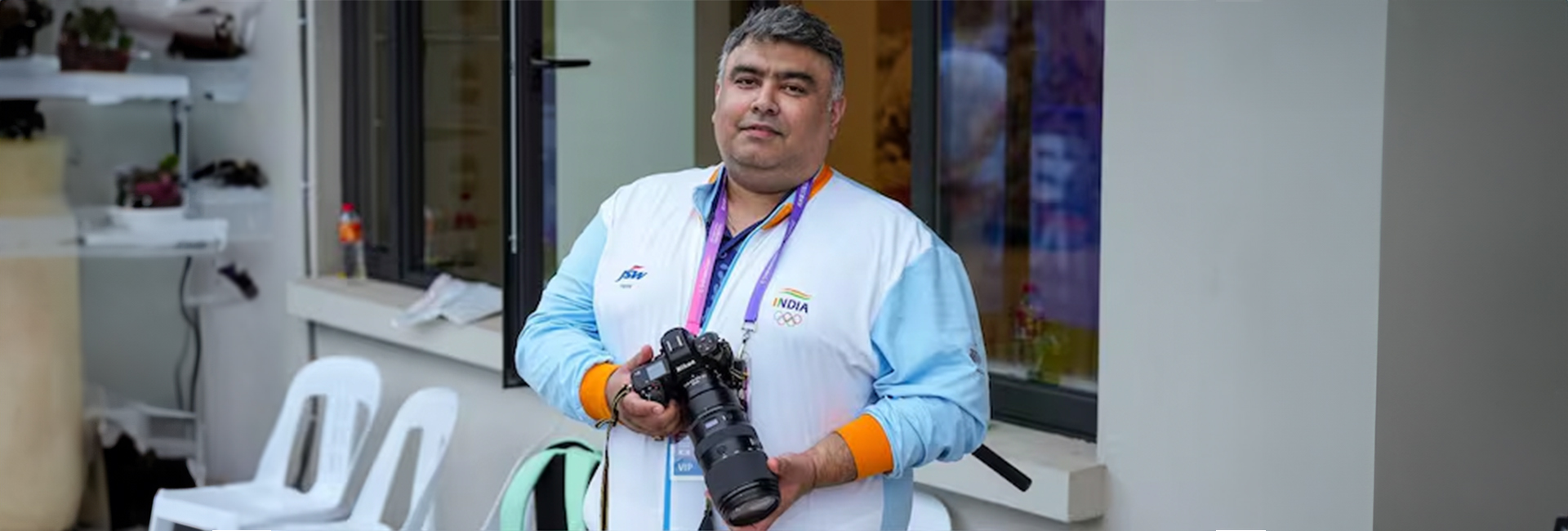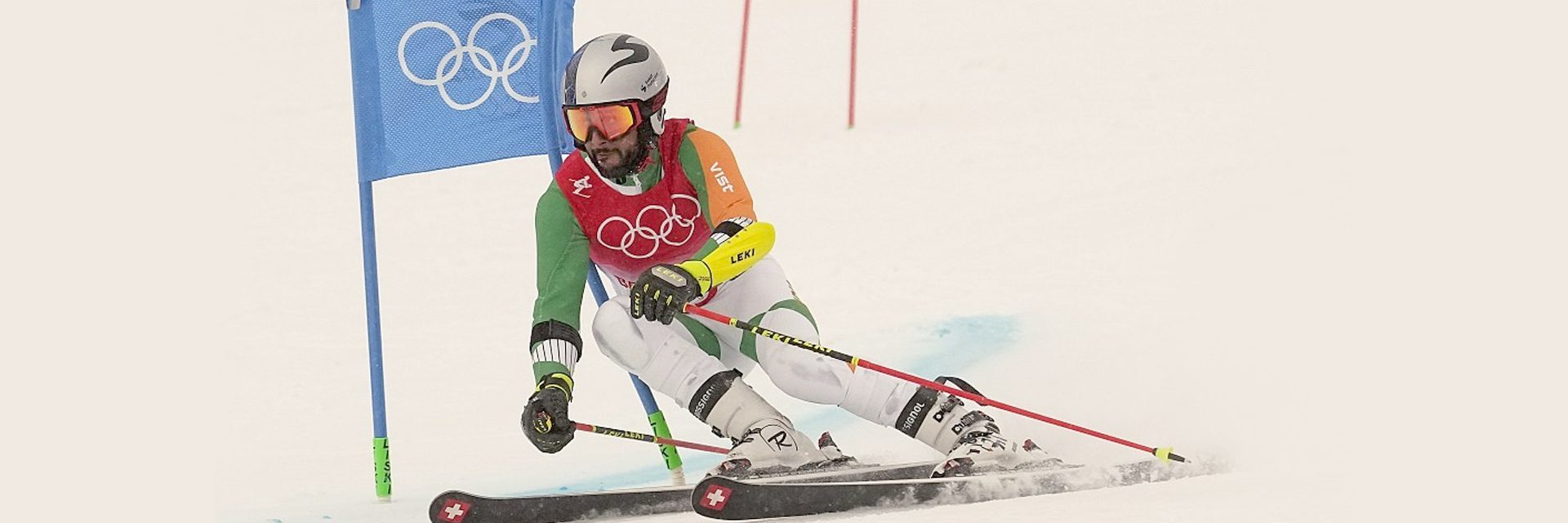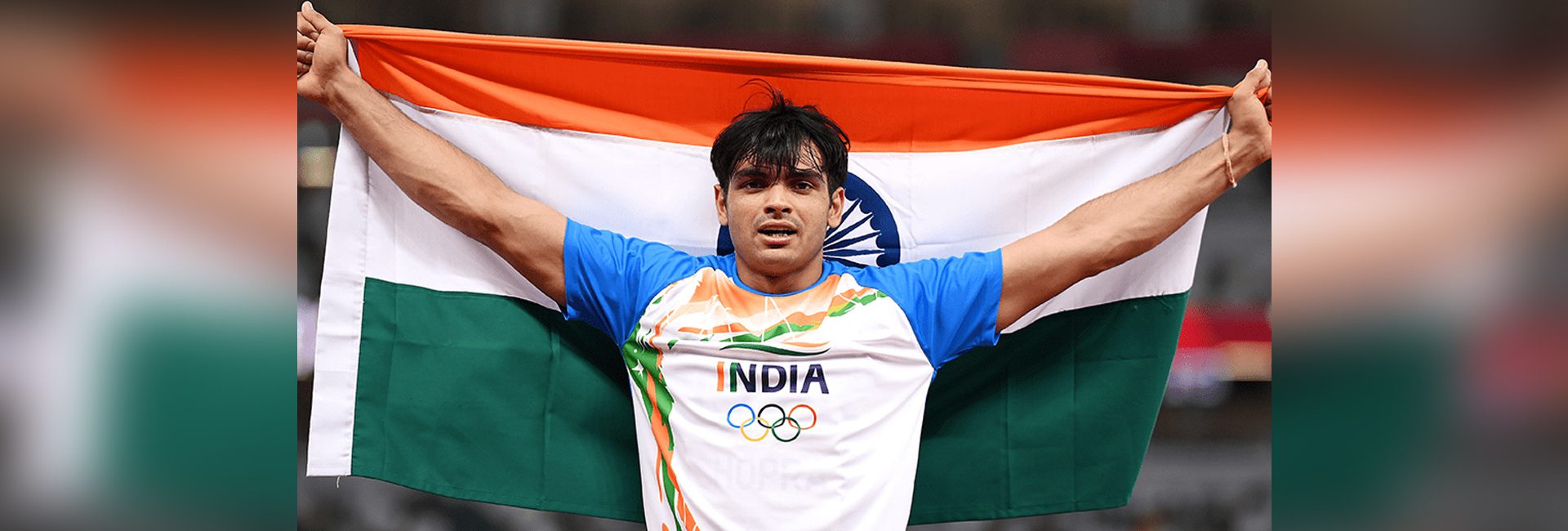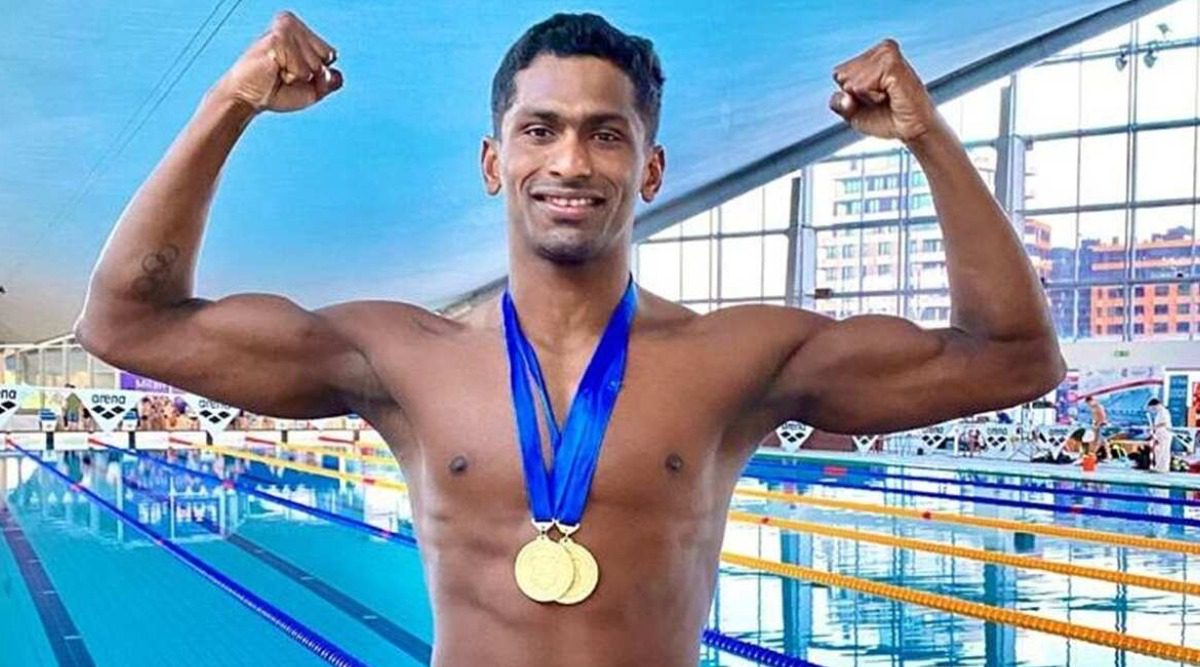(July 31, 2024) As India’s Chef de Mission (French for ‘Head of Mission’) at the Paris Olympics 2024, Gagan Narang holds the most crucial administrative role in the nation’s contingent. The Padma Shri and Khel Ratna awardee is guiding India’s delegation of athletes, coaches, and support staff, collectively forming the Mission Team at this prestigious sporting event.
In his role as Chef de Mission, the former sport shooter also serves as the team’s spokesperson before and during the Olympic Games. Additionally, the Global Indian acts as a mentor, supporter, and cheerleader, striving to motivate and inspire the team while safeguarding the athletes’ performances. He is the primary liaison between the contingent’s sporting members, the organizing committees, and other relevant stakeholders.
Just after his appointment was announced by the Indian Olympic Association (IOA), the former Olympic medallist in shooting had remarked in an interview, “I feel happy and proud to be one of the few Chefs De Missions who is also an Olympics medallist. It’s an honour for me. I was contributing to shooting athletes and now I am able to contribute to all the Indian athletes.”

Gagan Narang with the Indian Olympic Association (IOA) medical team at Paris Olympics 2024
Narang had won a bronze medal for India in the men’s 10m air rifle event at the London 2012 Olympics. “It’s a proud moment for me and also a responsible one. I’m hoping I can handle pressure like I did in the London Olympics. It’s a different kind of pressure,” he said talking about his current role.
Mary Kom, an Olympic bronze medallist in women’s boxing, was initially appointed for the role but resigned due to personal reasons, paving the way for Gagan Narang to take on the coveted position for the Paris Olympics 2024. Narang also served as a member of the prestigious Padma Award Committee in 2023.
A keen observer of the world of sports
The 41-year-old first participated in the Olympics in Athens in 2004 and has since represented India in multiple international events. Before the Athens Olympics, he had won a gold medal for India at the Afro-Asian Games in 2003. His tally of medals increased thereafter. As a keen observer of Indian sports, Narang has witnessed a swift change in the confidence levels and mindset of Indian athletes over the past two decades.
There is a huge change in the motivation and the level of thinking that our athletes have today. We used to feel scared, under-confident because other countries were better. But slowly that’s changed, the mindset has changed. People started watching sports, playing it, then we had great performances. The confidence is at a new high. Today’s athletes don’t go just to participate, they go to perform.
Gagan Narang remarked in an interview while talking about the Indian athletes
He highlighted how top players representing India want to win not just any medal but a gold. “That’s the difference in thinking of the athletes today. They don’t think anyone is above them. They rate competitors at par and that’s a very positive sign for Indian sport.”

Gagan Narang with fellow Olympian shooter Abhinav Bindra
Giving back
At the peak of his career, Gagan Narang began balancing his shooting career with mentoring young Indian shooters, aiming to give back.
The Olympian established the ‘Gun For Glory’ shooting academy in 2011 to popularise the sport across the country, and it has yielded significant results. Through the ‘Gagan Narang Sports Promotion Foundation’, he set up the first academy in Pune and has since expanded to more than 15 cities across India.
“The idea of the ‘Guns For Glory’ was to help the shooting fraternity by spreading the sport at the grassroots, to enable shooting to become a mass sport,” the 41-year-old said. “The reason I wanted to start the foundation was to give back to the system – to help children with the facilities I did not have while growing up,” he said.
The initiative has produced impressive young shooters, including top-ranked rifle shooters who have won medals for India in several international competitions. “I trained with them, mentored and motivated them, and shared my experiences. When I did so, they picked up my method and progressed well,” said the sport shooter, noting that the experience also helped him elevate his own game.
To the world stage
Gagan Narang’s family hails from a village in Haryana’s Panipat district. Narang was born in Chennai. Due to his father’s job with Air India, the family moved from Chennai to Hyderabad, where Narang spent his formative years. He attended Gitanjali Senior School and earned a Bachelor of Computer Applications degree from Osmania University.
Narang took up shooting when his father gifted him an air pistol in 1997. He honed his shooting skills in the backyard of his home in Begumpet. According to his father, Narang showed early signs of his shooting talent when, at the age of two, he shot a balloon with a toy pistol.

“My dad and mum did sacrifice a lot. I came from a middle-class background with working-class parents. They went beyond their limits in order to support me and a sport that was a very expensive proposition 20 years ago,” Narang had stated in an interview.
After choosing sport shooting as his career path, he achieved significant success, with his pinnacle moment coming at the London 2012 Olympics, where he won bronze in the Men’s 10m Air Rifle event. He has also won eight gold medals at the Commonwealth Games and three golds at the ISSF World Cup.
One of the shooter’s most memorable moments occurred when he won gold at the 2008 Bangkok World Cup, not only because he set a new world record but also due to the timing. A fan of Barack Obama, Narang shared, “I won that medal on the day Barack Obama was elected as the US President for the first time,” Gagan Narang revealed. “I am greatly inspired by him, by his oratory.”
Career full of medals
In addition to his victory at the Afro-Asian Games in 2003 at the beginning of his career, Gagan Narang won the Air Rifle Gold medal at the World Cup in 2006 and followed it up with another win in 2010. At a pre-Olympic event in Hannover, Germany, he achieved an Air Rifle score surpassing the world record. He also secured four gold medals at the 2006 Commonwealth Games.
Narang qualified for the 2008 ISSF World Cup Final after winning gold at the World Cup in China earlier that year. He achieved a perfect score of 600 in the qualification round and scored 103.5 in the final round, totalling 703.5 to set a new world record. In 2008, he surpassed the previous record held by Austria’s Thomas Farnik from the 2006 World Cup final in Granada, Spain.
At the 2010 Commonwealth Games in New Delhi, Narang added four gold medals to India’s tally and also clinched a silver medal at the Asian Games that year. He participated in a team event with Abhinav Bindra and Sanjeev Rajput, contributing to another silver medal for India.

In the 2012 London Olympics, Narang became India’s first medal winner of the games and was only the third Indian shooter to win an Olympic medal. He continued his success at the 2014 Commonwealth Games in Glasgow, where he won one silver and one bronze medal.
During the peak of his career, Narang began balancing his shooting career with mentoring young shooters. He believes that sports are crucial for children’s development and that they should be offered a variety of sports options in school.
“I think shooting needs to find a place in the school curriculum, just like chess. It builds concentration, endurance, and stamina,” believes the Olympian who has a passion for wildlife photography.
- Follow Gagan Narang on Instagram




